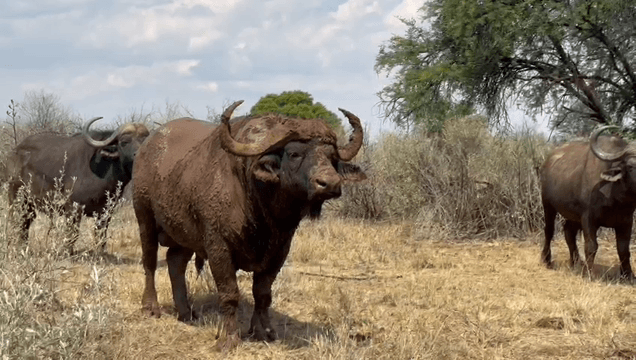
African Buffalo Hunting 🐃The huge horns of buffalos have always been an attractive trophy for hunters. In addition, these animals are mostly very dangerous due to their size and tough nature. Bull
Post: 23 January 09:40

Post: 23 January 09:40

Post: 7 February 09:57

Post: 16 November 09:08

Post: 29 August 11:37

Post: 18 October 09:32

Post: 5 August 09:47

Post: 3 March 21:50

Post: 12 May 13:41

Post: 21 August 16:33

Post: 17 November 09:24

Post: 10 April 18:34

Post: 28 August 13:05

Post: 28 August 13:05

Post: 10 June 20:20

Post: 27 August 13:20

Post: 10 September 06:44

Post: 3 May 09:14

Post: 15 March 09:25

Post: 16 November 17:35

Post: 22 February 10:40

Post: 21 August 16:36

Post: 9 September 21:42

Post: 19 July 15:32

Post: 21 August 16:51

Post: 22 August 13:29

Post: 27 August 15:10

Post: 28 August 10:42

Post: 5 March 17:37

Post: 9 January 09:26

Post: 3 July 06:48

Post: 12 July 14:04

Post: 17 July 09:34

Post: 1 July 08:10

Post: 21 June 13:00

Post: 27 June 16:09

Post: 26 June 13:26
Post: 20 October 11:35

Post: 25 July 11:02

Post: 23 July 08:10

Post: 13 July 14:19

Post: 13 November 09:09

Post: 7 August 10:45

Post: 8 September 08:50

Post: 5 September 14:59

Post: 5 September 06:56

Post: 23 September 00:21

Post: 5 September 07:08

Post: 5 September 07:07

Post: 4 September 15:33

Post: 2 March 19:17